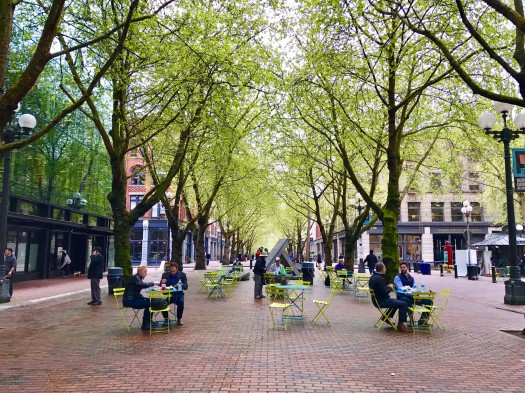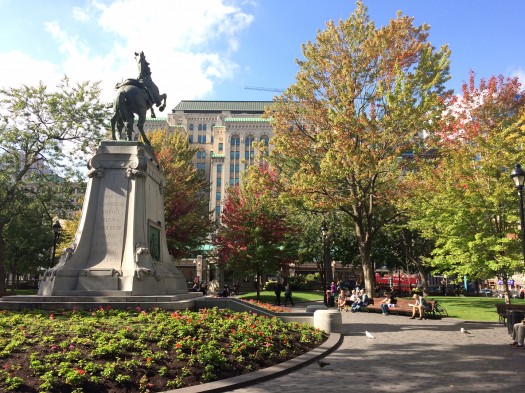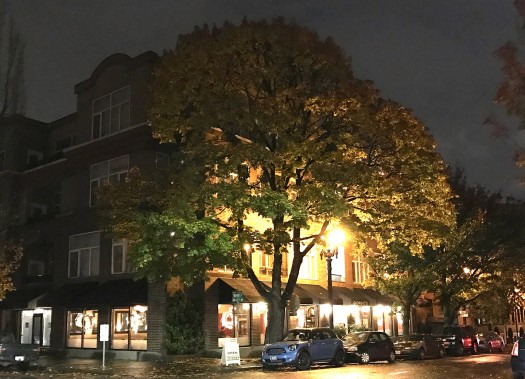Health
CNU 25 Seattle: Highlights from the silver anniversary
Last week was the 25th annual Congress for the New Urbanism, where 1,400 city planners, architects, developers, economists, and mayors from around the world gathered to discuss the future of cities. Hosted in collaboration with the Urban Land Institute, comprised of an additional 6,000 developers and builders, the two events brought significant inspiration and insight…
Read MoreThe Trifecta: Urbanism, architecture, and nature
We often blog on the benefits of nature integrated into urbanism and wellbeing outcomes of walkability. The real trifecta is when walkable urbanism, human-scale architecture, and nature come together via placemaking. A recent study from the University of Warwick points out that a scenic view delivers equal health benefits to access to nature: “Cohesion of…
Read MoreNature’s Healing Ways
The other day while walking my dog, I was trying to count the ways nature makes us healthier, as a means of distracting myself from the fact that the temperature was -40, with wind chill. That’s the point where Celsius and Fahrenheit converge. However, since this is my 9th winter in my beloved Winnipeg –…
Read MoreLoneliness, Isolation, and Dementia: Walking down our odds of disconnection
In this week after the most contentious U.S. presidential election of my lifetime, millions of us are feeling lonely, regardless of which way we cast our vote. Loneliness is not the result of being alone, but rather the feeling of being disconnected. Now more than ever, all that connects us to common ground – and…
Read MoreFour Characteristics of Active, Healthy Neighborhoods
Scientists are learning more and more about how where we live affects the amount of exercise we get, and thus how fit and healthy we are likely to be. In general, city dwellers are particularly well placed to get regular exercise if they can take care of some or all of their daily errands without…
Read More




